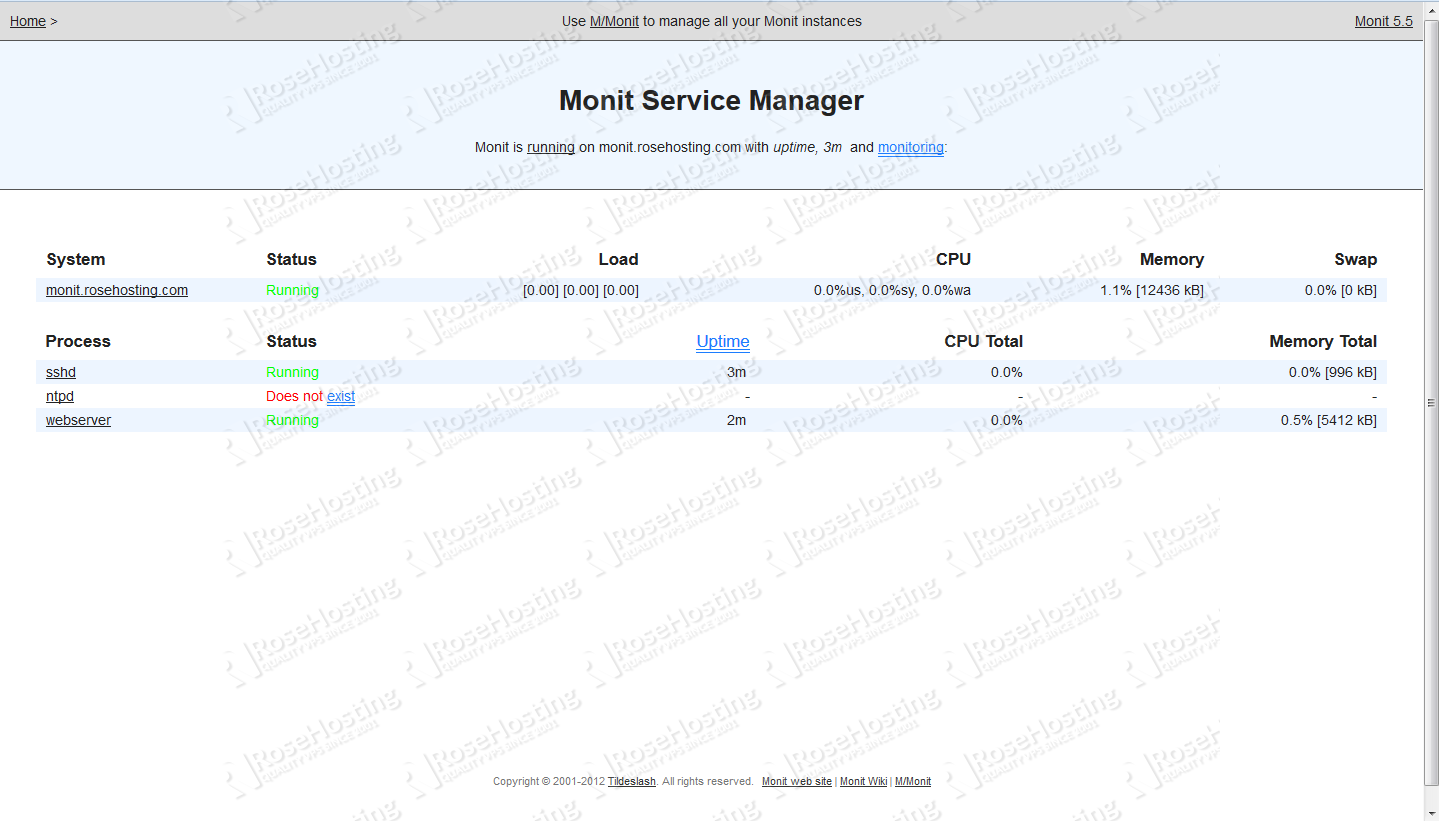

Custom, application-specific performance metrics configured on the account.Current billing metrics for each service aligned with the account.The Dynamic Applications in the PowerPack also monitor: For more information, see the Configuring "AWS Lambda Service Discovery" and Configuring "AWS Lambda Function Qualified Discovery" sections. To monitor Lambda services, you must first configure some of the Dynamic Applications in the Amazon Web Services PowerPack prior to discovery. For more information, see the section on Configuring AWS Integration with Docker. When monitoring EC2-backed ECS clusters, you can optionally use the Docker PowerPack to collect container information in addition to what the AWS API provides for the ECS service.
#Aws install monit how to
For instructions on how to perform this task, see. To monitor performance metrics for an AutoScale group, you must activate detailed instance monitoring for that group. For more information about which AWS services are supported by which AWS regions, see.

Not all AWS services are supported by all AWS regions. The following services are not monitored for GovCloud accounts: The Amazon Web Services PowerPack includes Dynamic Applications that can monitor performance metrics and collect configuration data for the following AWS Services and components: To collect data from Amazon Web Services, the ScienceLogic Data Collector or All-In-One Appliance connects via HTTPS to the URLs listed in the following AWS document. What Does the Amazon Web Services PowerPack Monitor? The Dynamic Applications in the PowerPack create a "multi-zoned" component device for services that are inherently zone agnostic such as the Simple Queue Service (SQS).Ĭomponent devices that represent Zones are a named container with no associated performance metrics. For example, the Dynamic Applications in the PowerPack might discover the zone "us-west-1b" and create a component device called "us-west-1b".ĪWS services that are specific to a zone reside under the appropriate "region" component device and appropriate "zone" component device. The Dynamic Applications in the Amazon Web Services PowerPack create a "zone" component device for each discovered zone.ĪWS services with a specific zone affinity reside under the appropriate zone component device. When a user deploys a service instance, the user can specify a "zone preference", but the final zone for that service instance is decided by AWS, not the user. Other AWS instances, like an SNS queue, exist in all zones simultaneously.įor example, zone 'a' for the region 'us-east-1' is named 'us-east-1a'.

Some AWS instances, like EC2 instances, are in a single zone. A zone is a physical network and power partition (air-gap firewall) within a regional data center. What is an AWS Zone?Īll instances of an AWS service reside in one or more Zones. Component devices that represent region-specific AWS services reside under the appropriate "region" component device and appropriate "zone" component device. For example, the Dynamic Applications might discover a component device called "Oregon: us-west-2". The component devices for regions include both the region name and city/state description. The Dynamic Applications in the Amazon Web Services PowerPack create a "region" component device for each discovered region. For example, us-west-2 is commonly referred to as "Oregon", ap-northeast-1 is commonly referred to as "Tokyo", etc. Regions have a canonical naming scheme of:įor example, the 'us-east-1' region is located in the United States, on the east coast, and it is the #1 data center in that region.ĪWS regions are also commonly referred to by the city or state in which the data center is located. Each zone may have multiple data centers. What is an AWS Region?Īn AWS region is a geographical area made up of availability zones located within that region. AWS includes multiple products (called Services) including virtual servers, DNS, private cloud, content delivery, storage, and database products. What is AWS?Īmazon Web Services is Amazon's "Infrastructure As A Service" offering.

For more information about setting up a SL1 appliance on an Amazon Web Services EC2 instance, see the section on Deploying ScienceLogic Appliances in the Amazon Cloud.įor more information about setting up an AWS Elasticsearch, Logstash, and Kibana (ELK) stack, see the section on Monitoring AWS ELK Stacks.


 0 kommentar(er)
0 kommentar(er)
